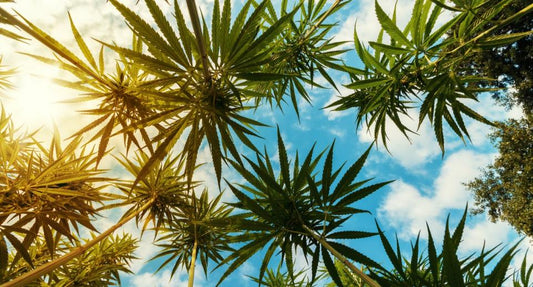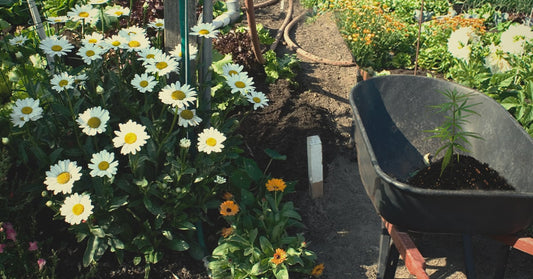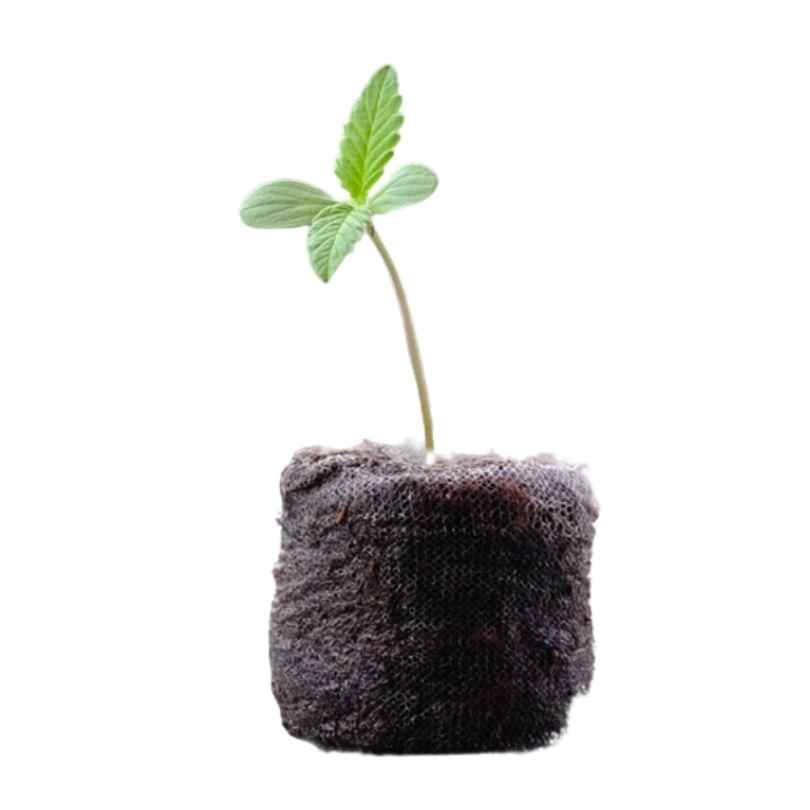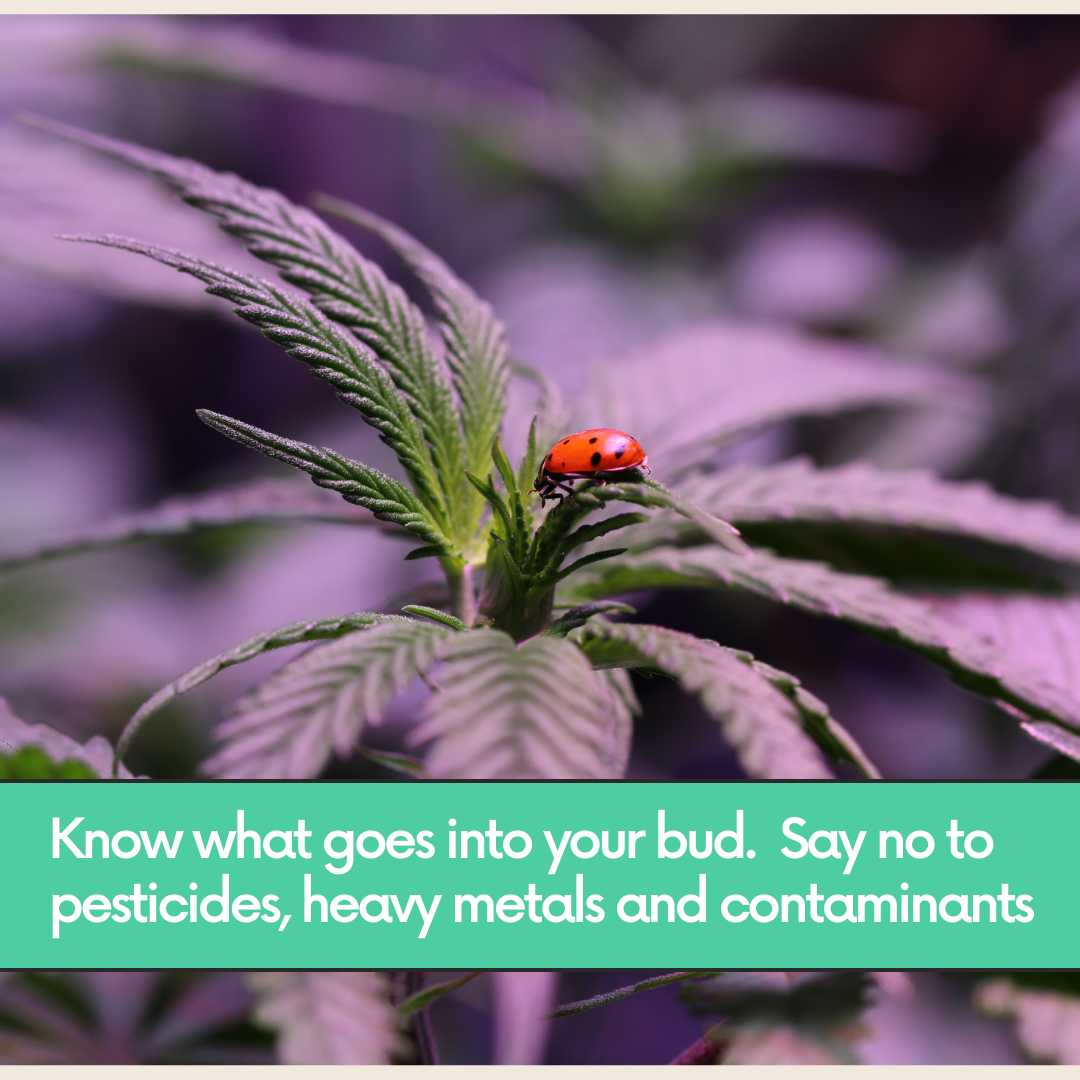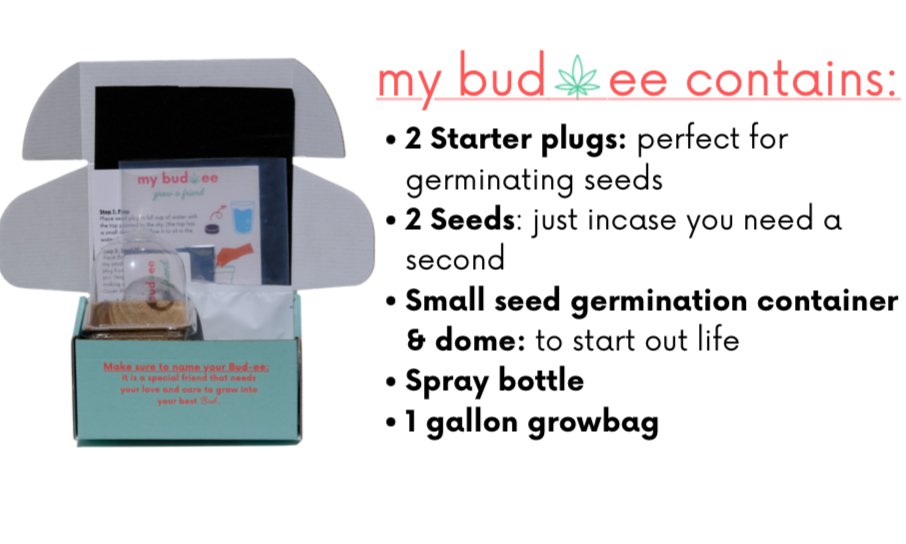Cultivating marijuana outdoors can be rewarding and cost-effective, especially when done legally in accordance with local regulations. Outdoor cultivation allows plants to benefit from natural sunlight and airflow, potentially yielding high-quality, abundant harvests. Here's a beginner-friendly guide to growing legal marijuana outdoors.
Selecting the Ideal Location
A suitable growing spot is crucial to successful outdoor marijuana cultivation:
-
Sunlight: Marijuana plants require at least 6-8 hours of direct sunlight each day.
-
Privacy and Security: Select a location that is discreet and secure, complying with local laws regarding visibility and security requirements.
-
Good Drainage: The area should have well-draining soil to prevent root rot and fungal issues.
Choosing the Right Marijuana Seeds
High-quality seeds ensure a successful start:
-
Autoflowering Seeds: Easier for beginners due to their shorter life cycle and automatic flowering.
-
Photoperiod Seeds: Offer larger yields but require specific light cycles to transition into flowering.
-
Strain Selection: Consider strains suited to your local climate conditions and desired effects.
Preparing the Soil
Healthy soil promotes vigorous plant growth:
-
Soil Amendments: Incorporate compost, worm castings, and organic nutrients to enhance soil fertility.
-
pH Level: Aim for a soil pH between 6.0 and 7.0 for optimal nutrient absorption.
Planting and Spacing
Proper planting practices ensure healthy development:
-
Timing: Plant after the risk of frost has passed, typically in spring.
-
Spacing: Space plants at least 3-6 feet apart to encourage healthy airflow and reduce disease risk.
-
Depth: Plant seeds approximately ½ inch deep in moist soil.
Routine Care and Maintenance
Consistent care helps ensure thriving plants:
-
Watering: Regular, deep watering encourages robust root development, especially critical during dry periods.
-
Feeding: Use organic fertilizers rich in nitrogen initially, then switch to phosphorus and potassium-rich nutrients during the flowering stage.
-
Pest Control: Regularly inspect plants and use organic remedies, like neem oil or beneficial insects, to address pests.
Harvesting Your Marijuana Plants
Harvest at the peak potency for the best results:
-
Timing: Usually occurs between late summer and early autumn, depending on strain and local climate.
-
Signs: Observe trichomes (resin glands) changing from clear to milky white or amber, and pistils turning brownish.
-
Drying and Curing: After harvest, dry plants upside-down in a dark, well-ventilated space for about two weeks. Cure buds in jars to enhance flavor, aroma, and potency.
Enjoying the Rewards
Outdoor marijuana cultivation can be highly rewarding, providing you with quality, home-grown cannabis. By following these guidelines, beginners can achieve a successful and enjoyable growing experience.


